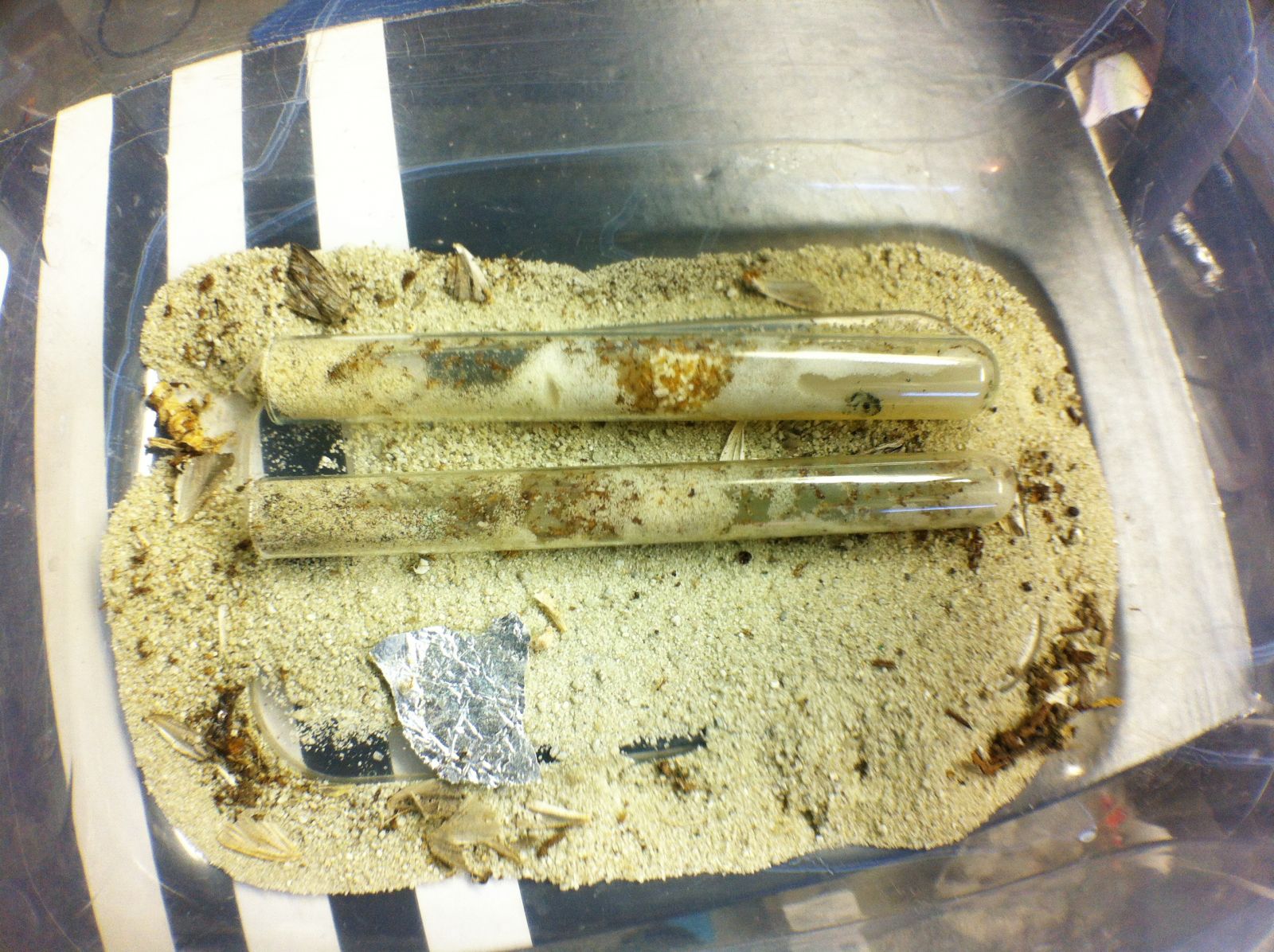Pheidole hyatti are sure great ants. I posted before, but they seem to go in overdrive mode in captivity. I imagine they one day could be transported to an exotic location and easily turn invasive. They get a bit like it already in ant farms. Mine had 1000s of eggs in only 2-3 months, and they never do that in the wild that I have seen. I wanted to do a test at the old place and take a colony, and see what they do in an urban apartment complex...but, I never got the chance. I had a theory they might have turned invasive, compared to their natural habitat. They did however seem 100% resistant to Argentine ants. The Argentine ants completely ignored the large colony of them. I moved though, so no idea what they did or what came of it.
And, as far as I know, there are no Pheidole hyatti in walking distance from where I live now or I'd have an ant farm of them. ![]()
Really easy to care for though, really large for Pheidole and look cool. Definitely were never boring, and were rather easy to stop escaping as they (at least ones I had) were bad at climbing.




















